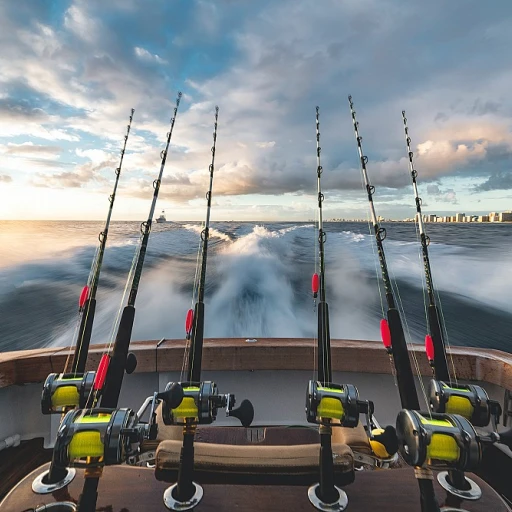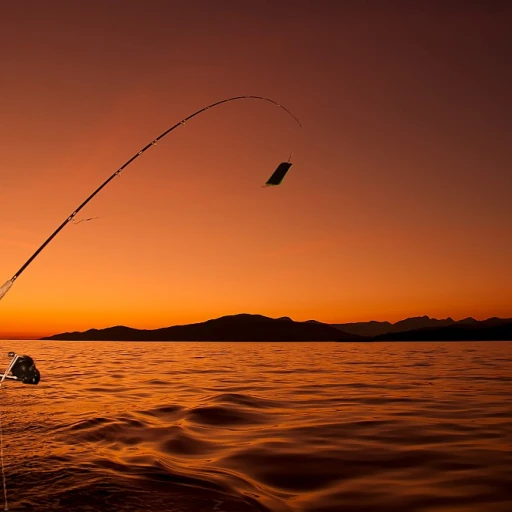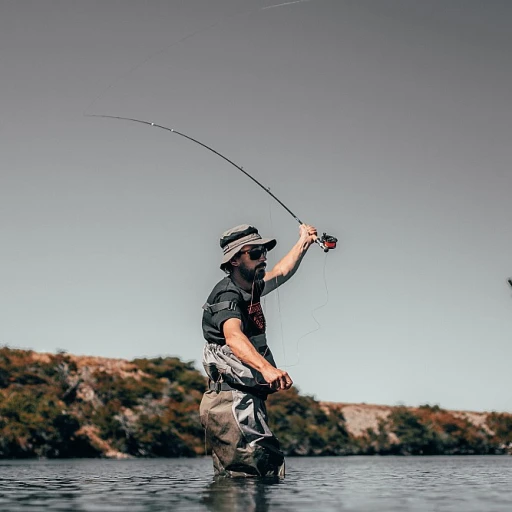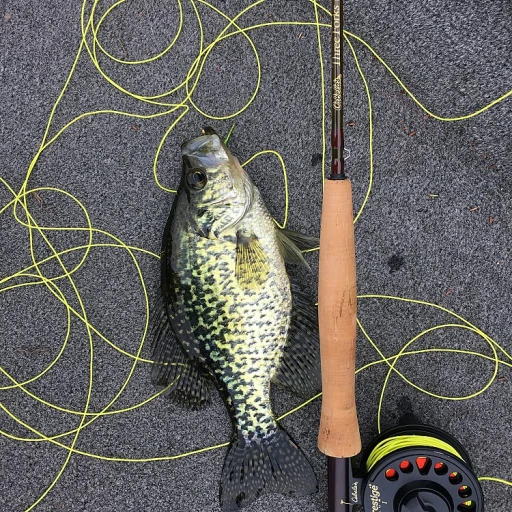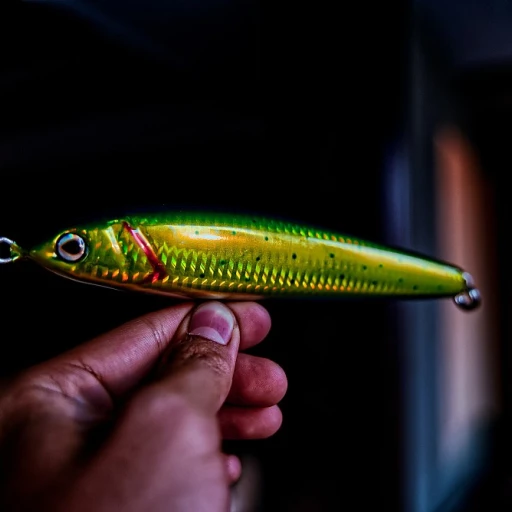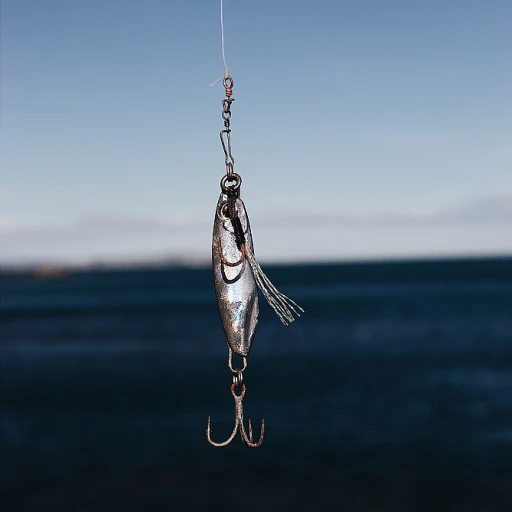
Understanding Propeller Basics
Getting to Know Your Propeller
Understanding propeller basics is essential when selecting the right setup for your fishing boat. Propellers are integral to your boat's performance and efficiency, affecting everything from speed to handling.- Propeller Blades: The number of blades on a propeller is a significant factor in its functionality. From three blade to four blade versions, each has its advantages, depending on conditions and requirements.
- Pitch: This refers to how far the propeller move the boat forward in one rotation. The pitch is crucial for the boat's top speed and fuel economy. Adjusting the pitch can help optimize your performance depending on your typical fishing locations.
- Diameter and Blade Area: These elements contribute to the propeller's ability to push water, affecting the boat's push-off capability and acceleration, notably referred to as hole shot.
Performance Comparison: 4-Blade vs 3-Blade
Assessing Performance: 3-Blade versus 4-Blade
When it comes to the performance of your fishing boat, the choice between a 3-blade and a 4-blade propeller can make a significant difference. Understanding how each prop affects speed, handling, and overall boat performance is crucial. A 3-blade propeller typically offers a higher top speed. The reduced number of blades means less drag, allowing the boat to move through the water more efficiently. This makes it a popular choice for those who prioritize speed over other factors. However, at low speeds or during maneuvers, it might not offer the same level of control as its 4-blade counterpart. 4-blade propellers, on the other hand, are known for their enhanced handling and acceleration. With additional blade surface area, these props provide better grip on the water, leading to improved stability and control. This can be particularly beneficial in choppy waters or when precise handling is important. The pitch and blade area of the prop also play a crucial role in performance. Adjusting these elements can fine-tune the boat’s performance to meet specific needs. For those interested in the best flooring choices to complement their propeller decision, there are various options available. In summary, choosing between 3-blade and 4-blade propellers often depends on the specific demands of your fishing environment and the overall experience you wish to prioritize on the water.Fuel Efficiency and Cost Considerations
Evaluating Fuel Efficiency and Economic Factors
When selecting the best blade propeller for your fishing boat, one key aspect to consider is how it impacts fuel efficiency and overall costs. Choosing the right number of blades can make a significant difference in terms of your fuel economy, which in turn affects the operational cost of your fishing trips.- Fuel Economy: A 3-blade propeller generally offers better fuel efficiency due to its higher speed capabilities at a given RPM. With fewer blades cutting through the water, there is often less drag, allowing the boat's motor to operate more efficiently. For fishermen frequently reaching top speed to get to their fishing spots faster, this could be a better option.
- Cost Implications: When evaluating cost, not only consider the upfront expense of the propeller but also the long-term savings from improved fuel consumption. Typically slower boats benefit from the lower fuel consumption offered by 4-blade propellers, which is an important factor if fuel economy is a priority in your decision-making.
- Price vs. Performance: A 4-blade propeller can offer improved hole shot and lower speed handling, which might be beneficial in certain conditions, though it might come at the cost of reduced top speed. In contrast, a 3-blade propeller might be more cost-effective if your primary concern is attaining high speeds.
Stability and Control in Different Waters
Enhancing Control and Stability
When it comes to maneuvering and handling your boat on different waters, the type of propeller can make a significant difference. Understanding how propellers affect your boat's stability and control will help you make an informed choice for your fishing adventures. Choosing the correct number of blades can impact the boat performance dramatically. A 4-blade propeller generally offers superior handling and stability compared to a 3-blade. With more blade area, a 4-blade prop enhances grip, providing better performance at low speeds. This can be particularly beneficial when navigating through narrow rivers or areas with tricky currents where precise control is required. Moreover, 4-blade props tend to maintain a steadier rpm, which can be crucial when dealing with choppy waters. The additional blade serves as a stabilizer, allowing for smoother rides and reducing the likelihood of engine stalls that can occur with 3-blade propellers. This can significantly increase safety while boating, especially for those new to recreational fishing or those frequently switching locations. That said, in situations where top speed is a priority, 3-blade props can reach higher speeds, offering an exhilarating experience while fishing in open waters. This is something to consider if your fishing expeditions often require covering large distances quickly. In conclusion, your boating experience and location will heavily dictate whether a 3-blade or 4-blade propeller is the better choice for stability and control in different waters.Maintenance and Durability
Evaluating the Maintenance Needs and Durability
When selecting a propeller for your fishing boat, considering maintenance and durability is crucial for a long-lasting and efficient performance in various waters. Maintaining either a 4-blade or 3-blade propeller involves regular checks and routine cleaning to prevent damage and ensure top speed and performance. This might include inspecting the blades for nicks, dents, or damage that can affect the prop's efficiency, especially after navigating through rocky or debris-laden waters.
Durability can significantly vary between the two types. Generally, a 4-blade propeller, with its increased blade area, offers enhanced strength and stability, making it less susceptible to wear under strenuous conditions or low-speed trolling. Meanwhile, the durability of a 3-blade propeller may be slightly compromised in heavy-duty applications, potentially leading to more frequent replacements or repairs.
Routine maintenance also involves ensuring the correct pitch and balance of your propeller blades. Misaligned blades can lead to a loss of top performance and decreased fuel economy. Regular balancing might be required to maintain peak performance and prevent issues with rpm, regardless of the number of blades.
Although the upfront cost and ongoing maintenance needs of bladed props may vary, investing in the right one can ensure longevity and better performance. Considering your fishing location, target species, and boating habits will also influence how frequently props need attention. Seasoned and senior members within the fishing community often recommend keeping spare propellers on hand for quick replacements if needed, ensuring that unexpected damage won’t leave you stranded.
Making the Right Choice for Your Fishing Needs
Determining the Best Propeller for Your Fishing Activities
Deciding on the right propeller for your fishing boat depends largely on your specific needs and conditions. Whether you're eyeing a 4-blade or a 3-blade propeller, several factors come into play to make an informed choice. Here's how you can align your selection with your fishing activities:
- Assessing Your Speed Requirements: If reaching top speed is your primary goal, a 3-blade propeller often provides better performance due to its reduced blade area, making it ideal for open water fishing where getting to distant spots quickly is essential. However, a 4-blade prop may offer improved hole shot and better acceleration at low speeds, which can be beneficial if you're frequently fishing in tight locations.
- Understanding Water Conditions: The water conditions where you typically fish can impact your decision. Bladed props, particularly 4-blade options, often provide superior stability and control in choppy waters, allowing for smoother navigation and a more stable fishing platform.
- Evaluating the Cost-Benefit Ratio: Balance your budget with anticipated benefits. 4-blade propellers might come at a higher cost but can offer better fuel efficiency, especially at lower RPMs, potentially leading to savings over time. Consider how this aligns with your frequency of fishing trips.
- Maintenance Preferences: Finally, your senior member equipment maintenance preferences should also be considered. Some propeller blades are easier to maintain, with fewer members requiring frequent attention, ensuring you're spending more time fishing and less time on repairs.
Your propeller choice will ultimately influence your boat's performance, fuel economy, and overall fishing experience. Carefully weigh these factors to ensure your prop choice complements your fishing style and conditions.
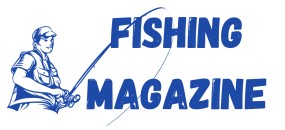

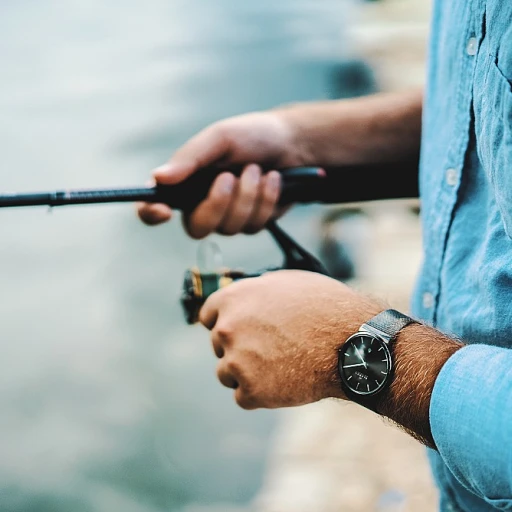
-large-teaser.webp)

